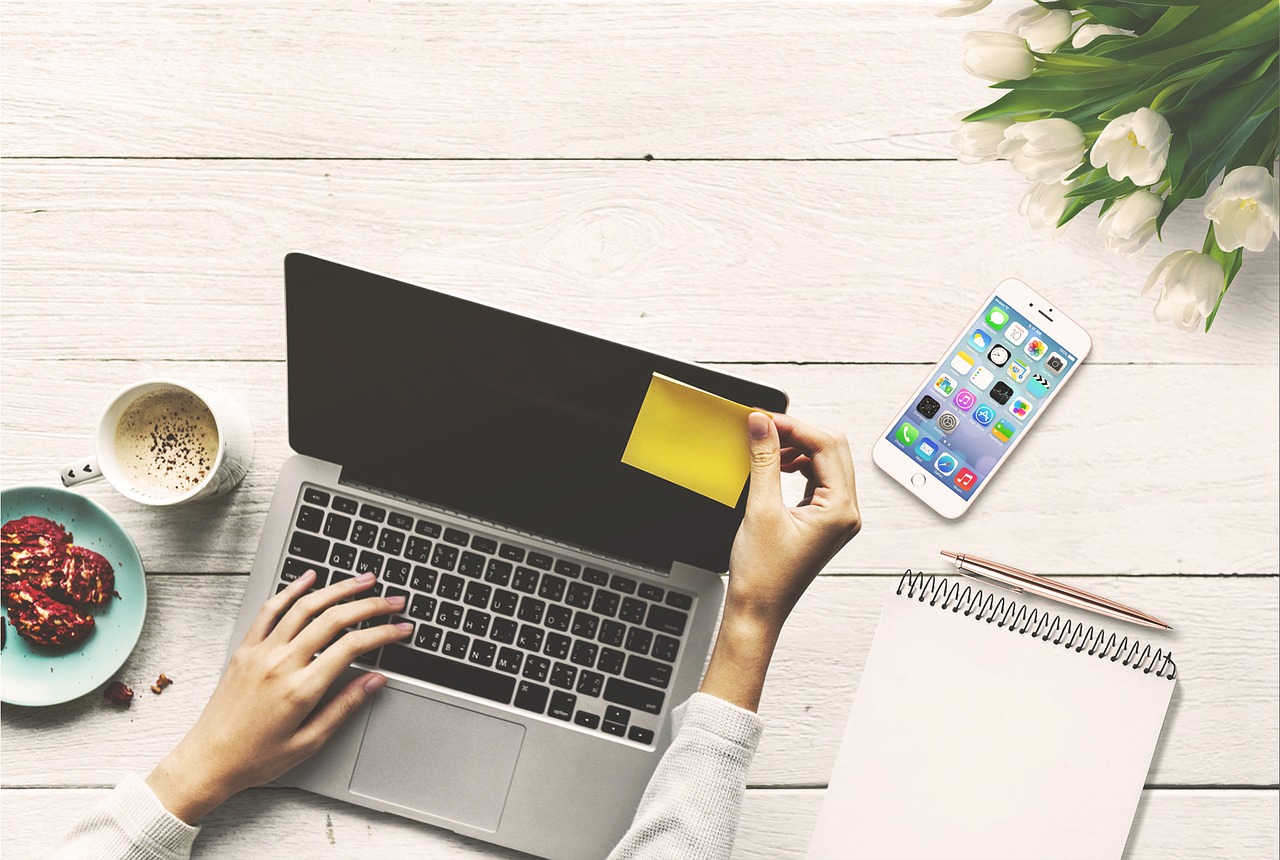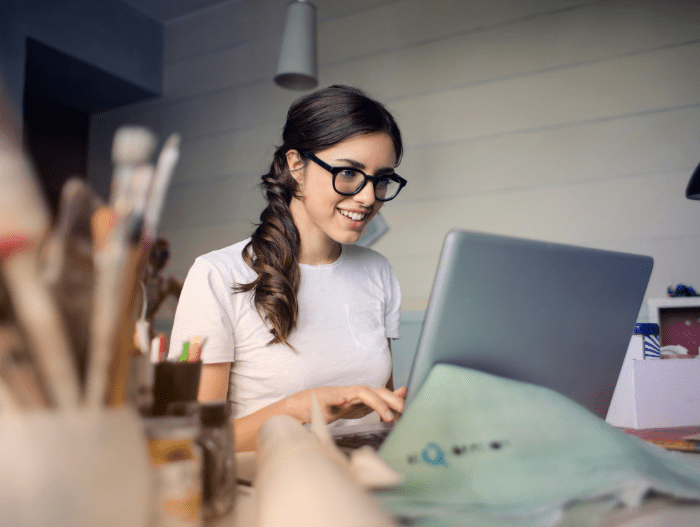It’s important to optimize your laptop’s performance because it can help improve its efficiency, speed, and overall performance. When your laptop is running at its best, you can work more efficiently, reduce frustration caused by slow load times or lagging, and extend the lifespan of your device.
Optimizing your laptop can involve tasks such as removing unnecessary programs, using an SSD, keeping your laptop cool, disabling visual effects, clearing your hard drive, and updating your software. By implementing these laptop maintenance tips, you can ensure that your device runs smoothly and efficiently, which can ultimately save you time, money, and frustration in the long run.
Incredible Tips To Increase Your Laptop’s Efficiency

Now, we are going to reveal our top tips that we do regular on our laptop to increase its efficiency and productivity.
Keep Your Laptop Dust-Free And Cool With A Cooling Pad
Undoubtedly, laptop computers are incredibly fast these days, but they’re also a major source of heat. So, keeping your laptop cool is important to keep it running at full speed and avoid overheating issues.
With a cooling pad, you can easily keep your laptop cool and dust-free with no added bulk or weight. A cooling pad can be used in conjunction with your laptop’s case or without it!
Also, you should clean debris and dust with a wet cloth periodically from its chassis area. Because, dust can build on the fan or processor which lowers down the power supply function, directly impacting the efficiency.
Remove Unnecessary Programs
Having too many programs running at startup can slow down your laptop because they take up valuable system resources and memory, which can lead to slower boot times and overall performance. Additionally, some programs may run unnecessary background processes, which can further slow down your laptop’s performance.
To uninstall apps in Windows 10, you can,
- Go to the Start menu,
- click on “Settings,”
- then “Apps,” and,
- select the app you want to uninstall.
- Click on “Uninstall” and follow the prompts to remove the app from your system.
Install an SSD
Solid-state drives (SSDs) are the future of storage. They combine high performance with low cost and no moving parts. So, using an NVMe 2.0 SSD will result is an increase in efficiency that can have a significant impact on your business laptop.
Use a VPN To Prevent Online Phishing Attacks:
You can use a Windows VPN to protect yourself from downloading malicious software or files. It automatically detects spam links and warns you about the website. That said, we recommend you use CyberGhost VPN.
CyberGhost Windows VPN is fast and secure, it will increase your laptop’s efficiency as well as keeping you safe from spammy websites and hold your back against online phishing attacks.
Disable Visual Effects
Visual effects can slow down your laptop’s performance because they require additional processing power and memory to run. When you have multiple visual effects enabled, they can accumulate and cause a significant slowdown in your laptop’s performance.
To disable visual effects in Windows 10, follow these steps:
- Go to the Start menu and click on “Settings.”
- Click on “System,” then “Advanced system settings.”
- Under the “Advanced” tab, click on “Settings” under the “Performance” section.
- Choose the “Adjust for best performance” option to disable all visual effects.
Studies have shown that disabling visual effects can improve a laptop’s performance. For example, a study conducted by Microsoft found that disabling visual effects in Windows 10 can improve overall system responsiveness and reduce memory usage. Another study by Intel found that disabling visual effects on laptops can help reduce power consumption and extend battery life.
Clear Your Hard Drive
A full hard drive can slow down your laptop because it can lead to a lack of available memory and processing power. When your hard drive is full, your laptop has to work harder to access and load files, which can cause slower boot times and overall performance. Additionally, a full hard drive can lead to errors and corruption, which can cause further performance issues.
To identify and remove unnecessary files and programs, you can follow these steps:
- Open the File Explorer and go to “This PC.”
- Right-click on the hard drive you want to check and select “Properties.”
- Check the available disk space to see how much space is being used and how much is available.
- Use the built-in Disk Cleanup tool to remove unnecessary files such as temporary files, old backups, and recycle bin contents.
- Uninstall any programs that you no longer need or use.
Specific examples of files and programs that are safe to remove include temporary internet files, downloaded program installers, old system backups, and outdated programs.
However, be cautious when removing files or programs, and make sure that you do not delete any essential system files or programs. If you are unsure whether a file or program is safe to remove, it’s best to consult with an expert or do some research beforehand.
Upgrade Your RAM:
Increase your laptop’s RAM to increase your speed and performance. A higher amount of RAM will allow you to multitask more effectively and run more programs at once.
Conveniently, it’s more beneficial for business applications where you have to be able to switch between multiple documents or tasks quickly.
Eliminate Malware From Your Laptop:
Malware is a big problem for almost all laptops. The problem with malware is that it can cause irreparable damage to your computer and slow it down.
For example, if a virus infects your laptop, you may not be able to get rid of it. If this happens, then you will have to buy a new laptop. This is why you must protect your laptops from malware and viruses by using a premium Malware Defender.
Keep Your OS Updated:
Outdated software can affect your laptop’s performance because it can lead to compatibility issues, security vulnerabilities, and decreased functionality. Older software versions may not be optimized for newer operating systems, causing them to run slowly or crash. Additionally, outdated software may contain security vulnerabilities that hackers can exploit to gain unauthorized access to your laptop.
To check for and install software updates, follow these steps:
- Open the software program you want to update and look for an option to check for updates. Many programs have an “Update” or “Check for Updates” option in the “Help” or “About” menu.
- If there is no option to check for updates within the program, go to the software manufacturer’s website and look for the latest version of the software.
- Download and install the latest version of the software.
Do regular checks and install software updates to ensure that your laptop is running at its best. A study by Avast found that outdated software can make a laptop up to 180 times more vulnerable to cyber attacks.
Another study by Secunia found that updating software can significantly reduce the risk of security vulnerabilities and improve system performance.
Close Background Applications:
When you’re trying to maximize your laptop’s efficiency, closing all unnecessary applications is a great place to start.
Applications that you don’t use regularly are the most resource-hungry. Closing them will save you a considerable amount of energy and help reduce the overall power consumption of your system.
To easily close applications you can use Windows’ built-in Task Manager tool, or another third party application like CCleaner.

